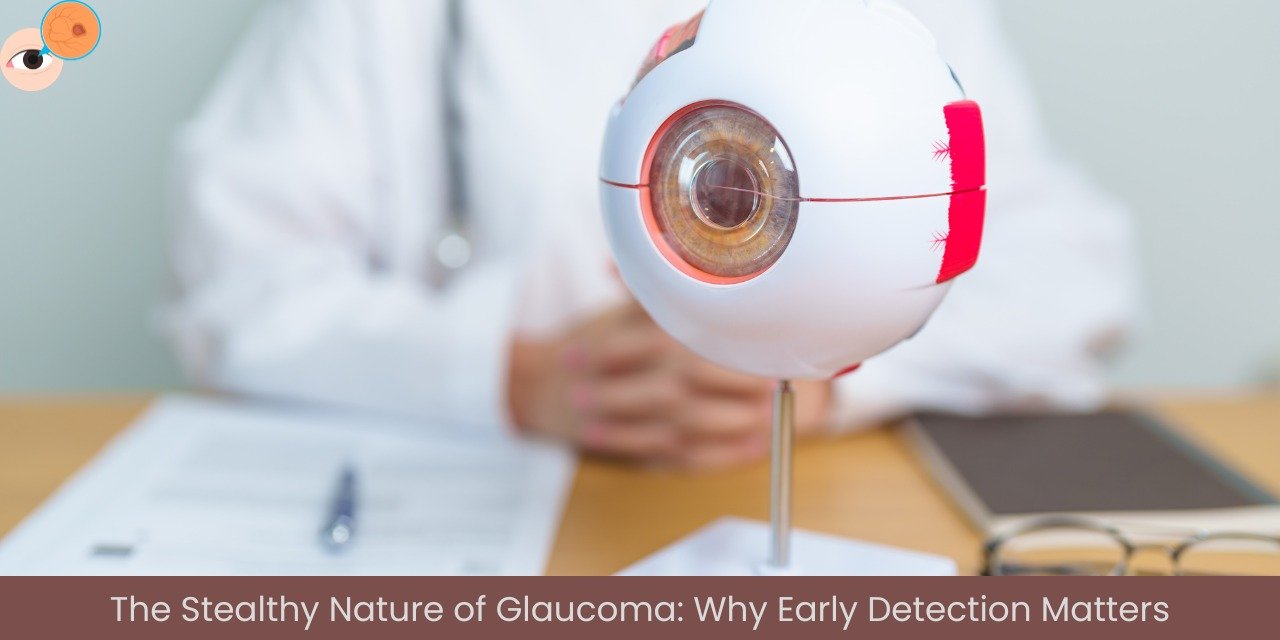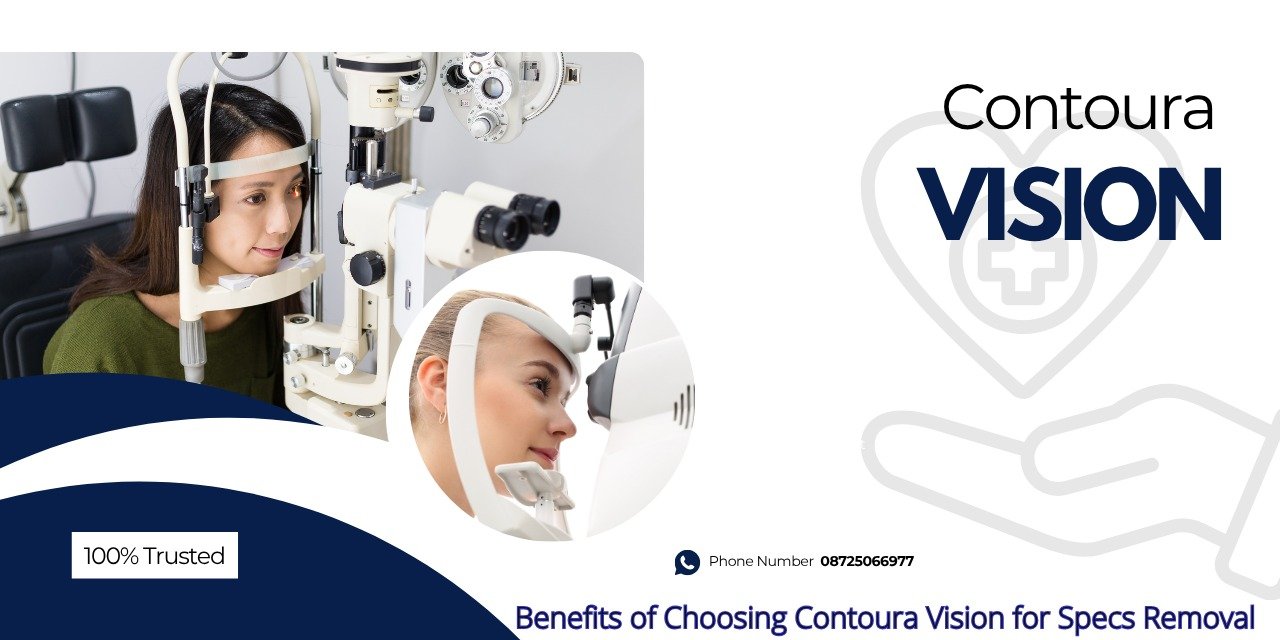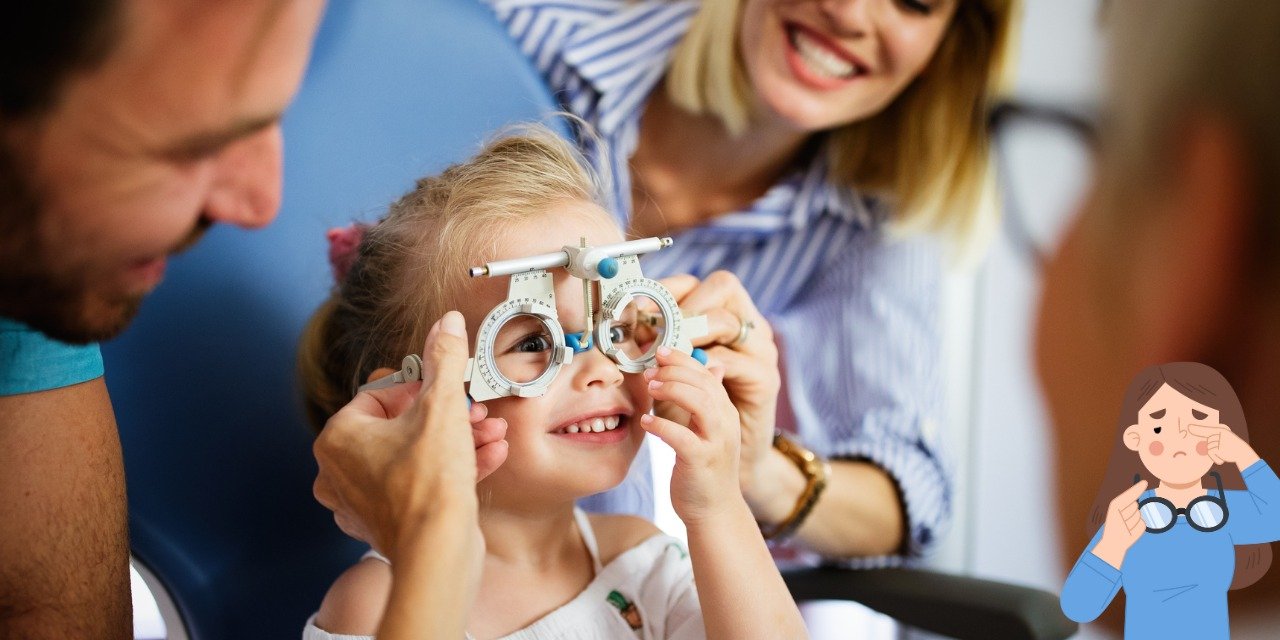Unlike many other eye conditions that announce their presence with discomfort or immediate visual changes, glaucoma often advances without noticeable symptoms in its early stages. This is precisely why it’s so dangerous. The damage occurs slowly, affecting peripheral vision first, which the brain often compensates for, making it difficult for an individual to perceive the loss. By the time central vision is impacted, significant and irreversible damage may have already occurred. This silent progression underscores the critical need for regular eye check-ups, especially for those at higher risk.
So, What Are the First Warning Signs of Glaucoma?
While “first warning signs” can be tricky due to glaucoma’s asymptomatic nature, certain indicators might suggest a problem or put you at a higher risk, prompting you to seek an eye examination.
- Gradual Loss of Peripheral Vision: This is often the first actual symptom, but it’s rarely noticed by the individual. Imagine looking straight ahead and slowly losing the ability to see things to your sides. This is how glaucoma typically progresses. You might bump into objects on your side, or miss seeing things in your periphery, but your brain might trick you into thinking everything is fine. This subtle change often goes unnoticed until the disease is quite advanced.
- Halos Around Lights: Some individuals, particularly those with acute angle-closure glaucoma (a less common but more sudden form), might experience seeing colored halos or rainbows around lights. This can be a sign of rapidly rising eye pressure.
- Eye Pain or Redness (Rarely, and More Common in Acute Glaucoma): While chronic open-angle glaucoma (the most common type) usually has no pain, a sudden and severe increase in eye pressure, as seen in acute angle-closure glaucoma, can cause intense eye pain, redness, headache, nausea, and even vomiting. This is a medical emergency and requires immediate attention.
- Blurred Vision (Especially in Acute Cases): Sudden blurring of vision, sometimes accompanied by the aforementioned pain, can also be a sign of an acute glaucoma attack. For chronic glaucoma, blurred vision usually occurs much later in the disease progression.
- Difficulty Adapting to Dark Rooms: Some people might notice increased difficulty adjusting their vision when moving from a brightly lit area to a dark room, or vice versa. While not a definitive symptom, it can be an indirect sign of optic nerve stress.
- Family History: While not a “sign” you experience, a strong family history of glaucoma risk factors is a major warning sign that you are at increased risk. If a parent or sibling has glaucoma, your chances of developing it are significantly higher. This should prompt you to start regular screenings earlier.
- High Eye Pressure (Intraocular Pressure – IOP): This is the primary risk factor for glaucoma. While you cannot feel high eye pressure, your eye doctor can measure it during a routine eye exam. Consistently elevated IOP is a key indicator that puts you at risk for optic nerve damage. This is why regular check-ups are so vital.
- Age and Ethnicity: While not warning signs, age (especially over 60) and certain ethnicities (e.g., African Americans over 40, people of Asian descent for angle-closure glaucoma) are significant risk factors that should serve as a “warning” to seek regular screenings.
When to Seek Professional Help and Consider Glaucoma Treatment Kharar
Understanding these potential signs is the first step. The next, and most crucial, step is to consult an eye care professional. If you experience any of the acute symptoms (sudden severe eye pain, blurred vision, halos, headache, nausea), seek immediate medical attention. For the more subtle, gradual changes, or if you have risk factors like a family history or are over 40, regular comprehensive eye exams are your best defense.
During an eye exam, an ophthalmologist will perform several tests to check for glaucoma, including measuring your eye pressure, examining your optic nerve, and checking your peripheral vision. Even if you have no symptoms, these regular check-ups are vital, as they are often the only way to detect glaucoma in its early, treatable stages. Early diagnosis often means that glaucoma treatment in Kharar for eye pressure management can begin before significant vision loss occurs, helping to preserve your sight for years to come.
Conclusion
Glaucoma is a serious eye condition that demands vigilance. While overt first warning signs are rare in its initial stages, understanding the subtle indicators and knowing your risk factors are powerful tools for prevention. Don’t wait for your vision to deteriorate before seeking help. Proactive screening and early intervention are critical to managing this “silent thief.”
If you suspect any issues or simply wish to ensure your eye health, we encourage you to schedule a comprehensive eye examination. For expert glaucoma care in Kharar and comprehensive eye care, Tricity Eye Hospital is dedicated to providing advanced solutions and compassionate service. Your vision is precious; protect it with timely care.
Call Tricity Eye Hospital Today: +91-81958-56767 +91-89682 48767













